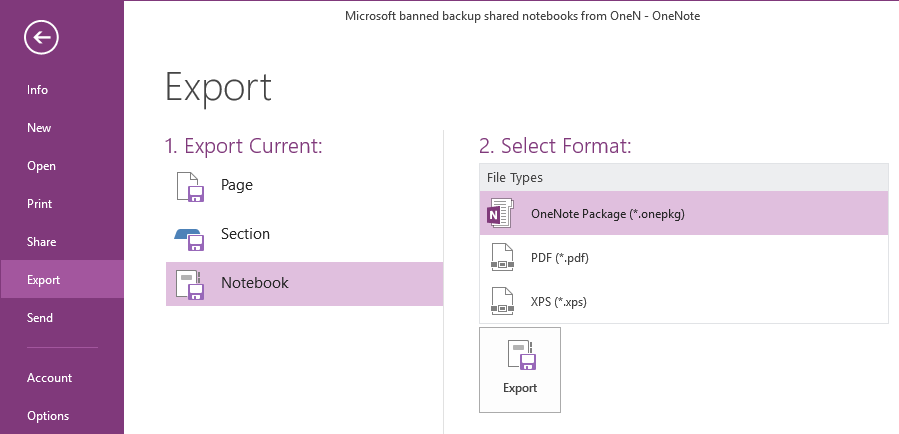
See a list of known issues as well as potential workarounds. Rearrange, show, and hide tabs on the ribbon.įixes or workarounds for recent issues in Excel for Mac See the full list of keyboard shortcuts, organized into logical categories. Use Excel for Mac 2011 to check out a SharePoint file so that only you can make changes. Learn the two different ways to create a Pivot Table and how to use the Pivot Table Field Lists to add, move, and arrange fields.Ĭreate a projection based on an existing series of data. Excel 2011 replaces all of those floating bits with two toolbars (standard and formatting) and the Ribbon, a collection of small tabs that provide easy access to often-used commands. Use error bars to indicate potential error amounts in relation to each data point.Īdd pictures or clip art to a worksheet by using the Media Browser. Numbers shows up to the last ten spreadsheets you opened. Open a spreadsheet you recently worked on: In Numbers, choose File > Open Recent (from the File menu at the top of your screen). Learn the basics of charts, including the elements of a chart, which chart is appropriate for your data, and how to apply chart layouts and styles.Īdd chart and axis titles, change the axis scale, add data labels, and more.Īdd, change, or remove error bars in a chart For an Excel spreadsheet, drag it to the Numbers icon (double-clicking the file opens Excel if you have that app). Learn the difference between relative and absolute cell references and how to switch between them. Switch between relative and absolute references Adjust the column size to see everything. Keep column headings visible while you scroll. Learn about the different kinds of operators (for example, +, -, /, and *) and the order in which they are applied. Use the Paste Special command to copy and paste special cell contents or attributes. Learn the elements of a formula as well as how to enter a formula on a sheet.Ĭalculation operators and order of operations Highlight patterns and trends with conditional formattingĬhange the appearance of cells based on certain criteria, for example, all cell values in the top 10% of a range. Prevent unauthorized changes, moves, or deletions of important data. Keep column headings visible while you scroll.Ĭhange the width of columns so that you can see all the data in cells. Use the Paste Special command to copy and paste special cell contents or attributes. These Add-Ins are lightweight, handy, and can easily integrate with your Excel. We have recently covered a bunch of 4 such file comparison software for Microsoft Exce l, and now we have brought 4 free Add-Ins (extended functionality of Excel) that lets you easily compare Excel files. Upgrade to Microsoft 365 for Mac to work anywhere from any device and continue to receive support. Spreadsheet Compare On Microsoft Excel Software For Microsoft. Exports the data on the active sheet to a text file that complies with UTF-8 Unicode encoding standards.Support for Office 2011 for Mac ended on October, 2017. CSV UTF-8 (Comma delimited) (.csv).Excel 2016 for Mac only. Preserves VBA macro code and Excel 4.0 macro sheets.

You can buy the standalone software for $129.99. Excel is part of the Microsoft Office365 Suite.

In terms of operating systems, Excel can run on both Windows and Mac while Numbers is only exclusive for Mac.Mac OS for Mac Memory 4 GB (64bit), 2 GB (32bit) RAM for PC 4 GB RAM for Mac Hard Disk Space. As you have just seen, Microsoft Excel provides a handful of features to compare data in two or more workbooks. It’s a handy feature to use in case you can’t access.

Excel for insightful spreadsheets – anytime, anywhere and with anyone. If you use Microsoft Excel on your Mac, you can save the spreadsheets you create and open them in Numbers, Apple’s spreadsheet app.



 0 kommentar(er)
0 kommentar(er)
